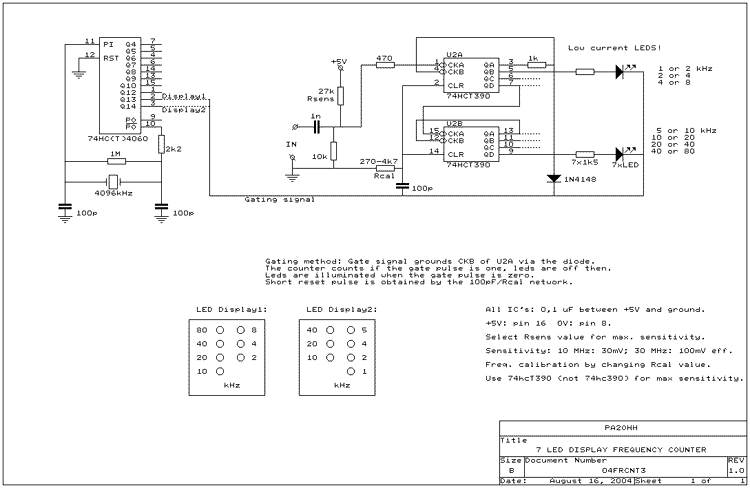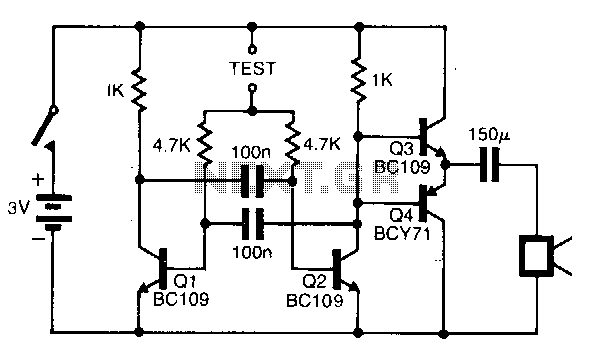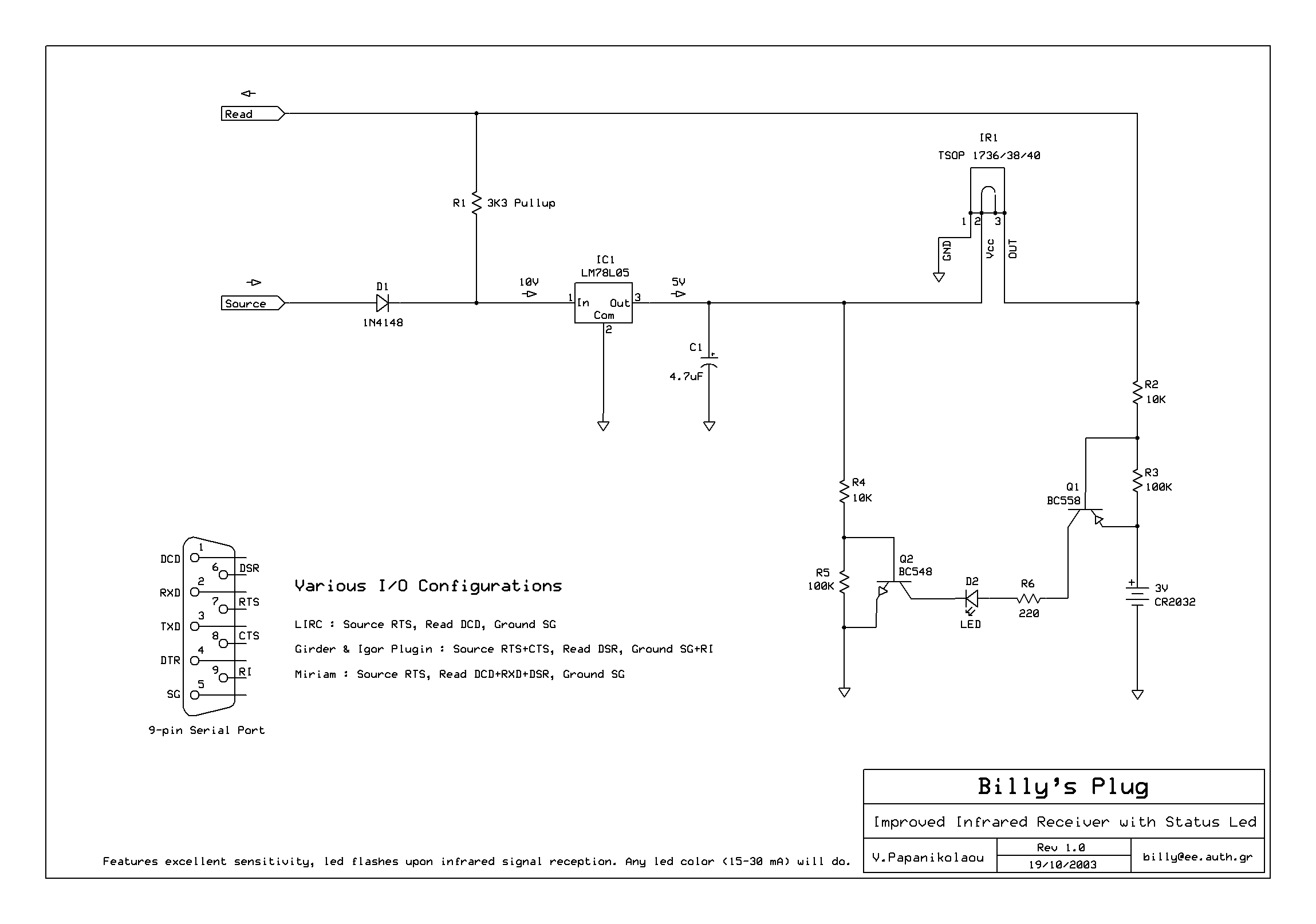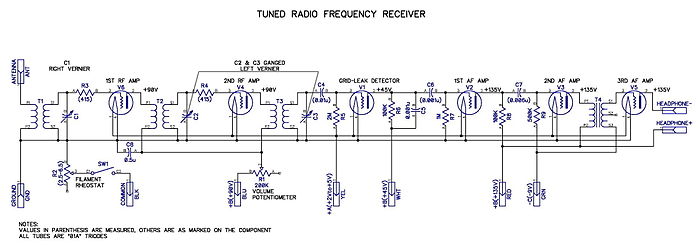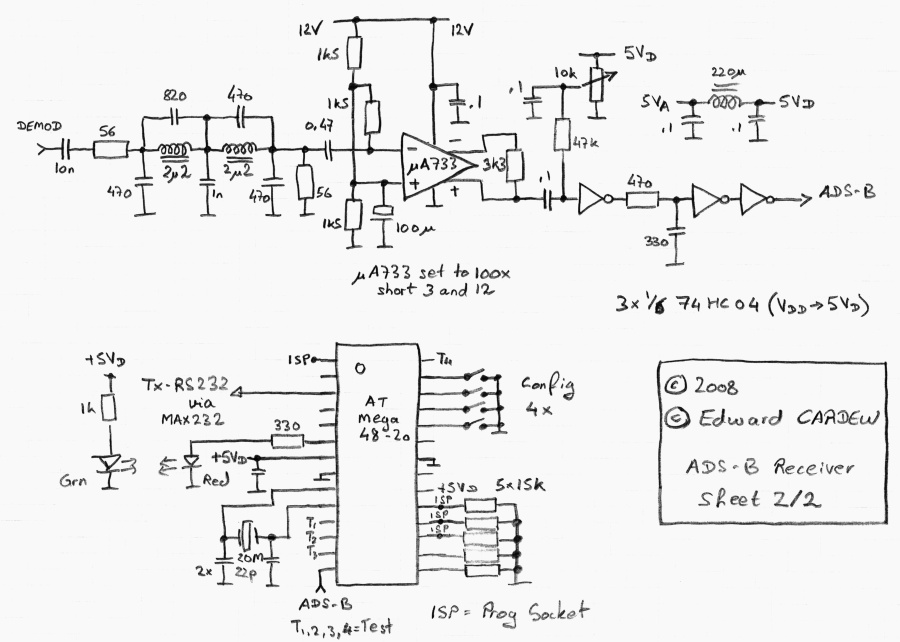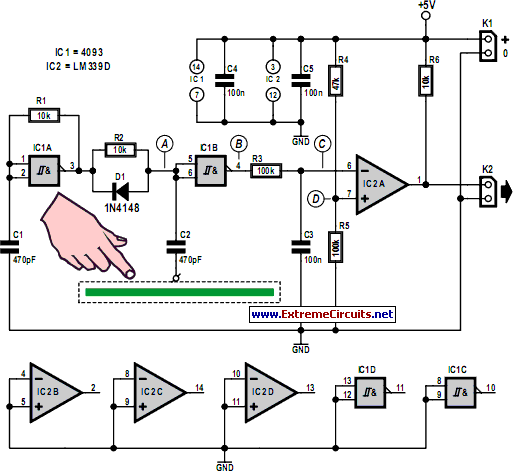
A Simple 80M Direct Conversion Receiver

A few weeks ago, Jason NT7S mentioned the ZL2BMI DSB transceiver as a rig that might be of interest for building. He was correct; it had been seen in SPRAT, but for some reason, it had not been seriously considered as a project.
The ZL2BMI DSB transceiver is a double-sideband (DSB) communication device designed for amateur radio applications. It operates within the HF bands and is particularly noted for its simplicity and effectiveness in providing reliable communication. The transceiver typically features a direct conversion architecture, which is advantageous for its compact design and ease of construction.
Key components of the ZL2BMI transceiver include a local oscillator, mixer, and audio processing stages. The local oscillator generates a high-frequency signal, which is mixed with the incoming RF signal to produce an intermediate frequency (IF) that can be easily processed. The mixer is crucial in achieving the desired modulation scheme, allowing for efficient transmission and reception of voice signals.
The audio processing section may include filters and amplifiers to enhance signal quality and ensure clarity during communication. Additionally, power supply requirements must be considered, as the transceiver will need a stable voltage source to operate effectively.
Construction of the ZL2BMI DSB transceiver requires a printed circuit board (PCB) layout, which can be sourced from design files available in amateur radio communities. Proper soldering techniques and component placement are essential to avoid issues such as signal interference and power loss.
Overall, the ZL2BMI DSB transceiver represents an engaging project for amateur radio enthusiasts, combining both technical skill and the satisfaction of building a functional communication device.A few weeks ago, Jason NT7S mentioned the ZL2BMI DSB transceiver as a rig I might be interested in building. He was right - I had seen it in SPRAT but for some reason hadn`t seriously considered making it into a project.
🔗 External reference
The ZL2BMI DSB transceiver is a double-sideband (DSB) communication device designed for amateur radio applications. It operates within the HF bands and is particularly noted for its simplicity and effectiveness in providing reliable communication. The transceiver typically features a direct conversion architecture, which is advantageous for its compact design and ease of construction.
Key components of the ZL2BMI transceiver include a local oscillator, mixer, and audio processing stages. The local oscillator generates a high-frequency signal, which is mixed with the incoming RF signal to produce an intermediate frequency (IF) that can be easily processed. The mixer is crucial in achieving the desired modulation scheme, allowing for efficient transmission and reception of voice signals.
The audio processing section may include filters and amplifiers to enhance signal quality and ensure clarity during communication. Additionally, power supply requirements must be considered, as the transceiver will need a stable voltage source to operate effectively.
Construction of the ZL2BMI DSB transceiver requires a printed circuit board (PCB) layout, which can be sourced from design files available in amateur radio communities. Proper soldering techniques and component placement are essential to avoid issues such as signal interference and power loss.
Overall, the ZL2BMI DSB transceiver represents an engaging project for amateur radio enthusiasts, combining both technical skill and the satisfaction of building a functional communication device.A few weeks ago, Jason NT7S mentioned the ZL2BMI DSB transceiver as a rig I might be interested in building. He was right - I had seen it in SPRAT but for some reason hadn`t seriously considered making it into a project.
🔗 External reference
